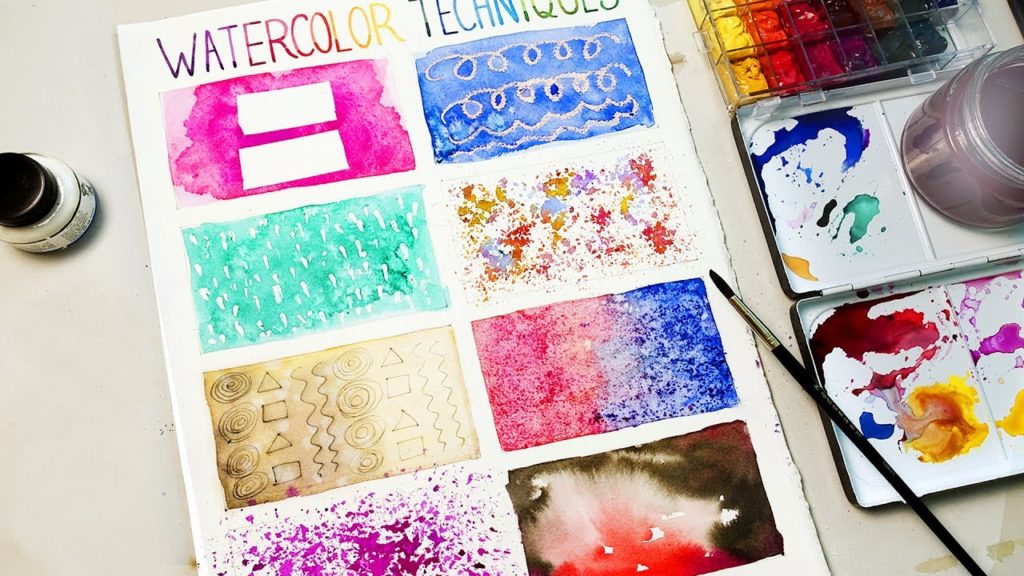Understanding Watercolour
It is not an easy art to master watercolours easily, although it definitely is one of the more refined and intricate school of art to exist. The trick in this art is the transparency of the paint, wherein each and every stroke you make will be visible and could make or break the entire look and feel of the painting. The history or watercolour art is extremely rich and interested in terms of the tools, paints and watercolor techniques they used.

Watercolours are available in many forms, ranging from tubes, cakes and bottles. While tubes are the best quality of high end water compatible colours that are bright and can resist wear and tear for years; trays or cakes are affordable and the perfect match for a beginner. Learning the tips and tricks of watercolour is not difficult, but definitely requires patience and practice. A few techniques given below can get you started.
Watercolour Tricks and Techniques
A few basics of this artform are central to learning how to paint well, including selection of material and skills like blending or mixing. Some watercolour techniques are listed here in the order of ease and importance of learning:
- It is extremely important to first learn how to paint through a professional training course, art classes or online tutorials.
- The painting must be planned out in advance, as there is no chance of erasing or undoing a mistake once you start colouring.
- Choosing the correct material is essential for a watercolour painting. The right kind of round paintbrush, good quality paints, a good, absorbent and compatible paper such as cartridge sheets and all ancillary material like a stand, rough cloth, a good pencil and eraser, are extremely crucial.
- Basic pigmentation, shading, spreading out the paint evenly, etc are very primary skills that you should know. This forms the basis of the entire painting and gives it a good depth of perspective.
- After the basics, there are specialised techniques you could learn, like advanced pigmentation and light – shadow play. The wet on wet technique is an example of the same, which needs some practice to master.
- Many artists use unconventional tools to give effects to their paintings, such as sponge, crumpled cloth, different textures and even toothbrushes. These add another dimension to the art piece but must be employed carefully.
- It is advisable to master one style of art and stick to it to make a name for yourself in the industry. This can be achieved with a narrow but excellent grasp on one of the many techniques.
Watercolour techniques may seem difficult to master, but with enough patience, regular practice and the correct approach, it is easy to become proficient at this artform.
